Premium Only Content
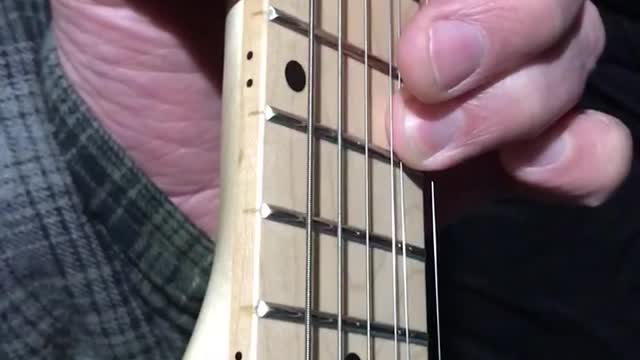
Guitar Theory - Practicing Perfect 4th using all fingers, on all strings, on all frets...
In this exercise we continue to practice listening to the perfect 4th interval,
But now we will be using the two middle fingers,
to fret two adjacent strings, at the same fret.
The idea of this exercise is to develop a good ear, and a sense of the way the perfect 4th / 5 half-step interval “should” sound, over the entire register and range of your guitar... every string, every fret...
During this exercise, you’ll want to think of the root note as variable, and moveable, and that any note can be a root note,
and the root note can change from one note to the next, during a song...
But that for the purpose of this exercise, the root note will be considered to be the lower sounding note, and the perfect 4th interval will be the higher sounding note.
The other purpose of this exercise is to develop the muscle memory, and ear-hand coordination,
across all possible combinations of fingers, strings, and frets...
So that when you are playing, and you want to hear the sound of the perfect 4th interval,
from the root note where you are right now, using a certain finger, on a certain string, on a certain fret,
As long as your ear knows what it wants to hear, your fingers will naturally cooperate, and find the note, using whichever finger is necessary, or available.
Your fingers will know what to do, because they have already done it before, because you have taken the time, to do the rote exercises, of practicing every possible perfect 4th interval on the guitar, using every possible combination of fingers.
Conversely, even if you aren’t consciously thinking about music theory when you move from note to note, your fingers will just naturally move into a perfect 4th position by habit, because after enough practice your fingers get so comfortable with the go-to maneuver of the perfect 4, they will just go there out of habit, because its usually a safe note, even if you just use it as a transition, or pick-up note, or noodle, or slur, or gliss, or scale degree, or chord, or...
As these exercises progress, you will use pinky and ring finger to make perfect 4th shape.
This is important, because that shape is HALF of the G chord shape.
This is why i believe G chord is intermediate level guitar lesson.
Because in order to do a proper G chord, student must be able to use all 4 fingers individually to fret notes,
and student must also be able to get all 4 fingers to cooperate and work together in every possible shape.
If you introduce a G chord on day 1 guitar lesson, you are asking student to use 4 clumsy fingers, and play 6 strings...
After years of fruitless attempts to master several notes at once (chords)
It occurred to me that i hadn’t even mastered a single note.
I mean, i could make my guitar make sounds, but i could’t make a single note sound good,
at the right time, the right loudness, the right bend, the right gliss,
So while these exercised are meant to get you used to listening to the full range of sounds your guitar is capable of making,
When you are done with the exercise, forget about every other sound your guitar could make,
and just focus on ONE sound that you are making right now, and whether it sounds good in the mix,
and if not, what you are going to do about it, and when...
-
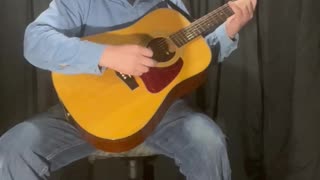 1:23
1:23
Beginner Guitar
2 years agoStar Spangled Banner On Acoustic Guitar
9053 -
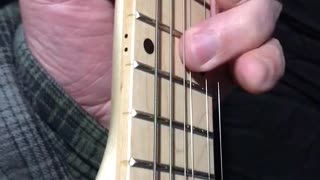 0:47
0:47
Beginner Guitar
4 years agoGuitar Theory - The Perfect 4th - using pinky and ring fingers on adjacent strings
35 -
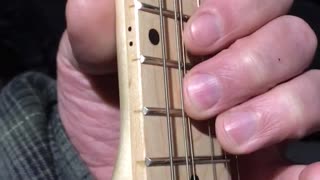 0:41
0:41
Beginner Guitar
4 years agoUsing 4 fingers to play 5 frets across 3 strings
13 -
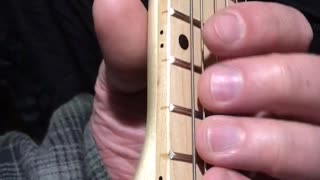 1:00
1:00
Beginner Guitar
4 years agoGuitar Theory - Using the Perfect 4th as a reference point for finding other notes
277 -
 0:49
0:49
Beginner Guitar
4 years agoGuitar shapes and intervals - minor 3rd shapes using all 4 fingers
139 -
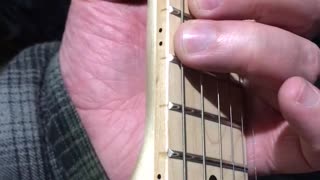 0:36
0:36
Beginner Guitar
4 years agoGuitar Shapes - Major 3rd shape using two middle fingers
64 -
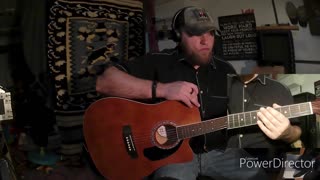 7:29
7:29
Pandema
4 years agoC Chord trick to stretch fingers using Ashthorpe Guitar
29 -
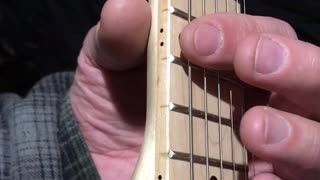 0:41
0:41
Beginner Guitar
4 years agoPerfect 4th interval between two adjacent strings
37 -
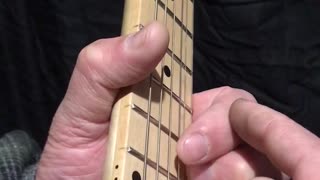 1:13
1:13
Beginner Guitar
4 years agoGuitar Theory - The D shape
99 -
 12:16
12:16
Flamenco4U
4 years agoEpisode 4: Flamenco Guitar Strings
70